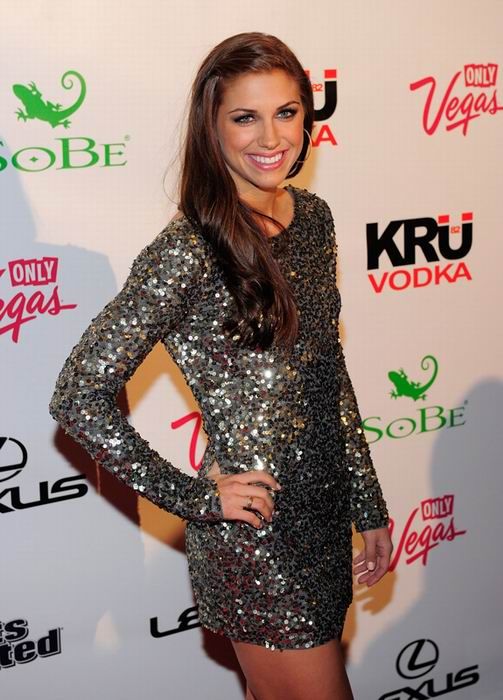Men's Health 100 Hottest Women Of 2013
|
Launched by Mark Bricklin in 1987 as a health-oriented service magazine, Men's Health has evolved into a lifestyle magazine for men, covering areas such as health, fitness, nutrition, relationships, travel, technology, fashion and finance. Bricklin, along with Rodale editors Larry Stains and Stefan Bechtel, initially produced three newsstand test issues. The results led Rodale to launch Men's Health as a quarterly magazine in 1988 and begin to sell subscriptions. Bricklin, who was editor-in-chief of Prevention magazine, appointed Mike Lafavore as editor of Men's Health that year. In his subsequent 12 years as editor-in-chief, Lafavore grew the circulation from 100,000 to more than 1.5 million, took the publishing frequency to 10 times a year, and expanded the magazine's brand to a number of countries, including the UK, France, Germany, Australia, South Africa, Mexico and Russia. He created the editorial formula still in use today, brought aboard Steven Slon, a veteran of the service journalism category, imported Greg Gutfeld from Rodale's Prevention title and worked with longtime staff editor Denis Boyles, a former Playboy contributing editor, to develop the magazine's influential and distinctive "regular guy" voice. Lafavore left Men's Health in 2000, the same year Capell's Circulation Report named the magazine "Circulation Performer of the Decade." He appointed Greg Gutfeld as his successor. After a year, Gutfeld was replaced by David Zinczenko.
As of 2012 Men's Health publishes 39 foreign editions across 46 countries, up from 20 editions in 2001. The magazine does not run ads for tobacco or liquor companies; they also do not run ads for supplements and herbal remedies.
David Zinczenko has been the editor-in-chief of Men's Health since 2000. Ronan Gardiner is the publisher. During this period, the magazine's circulation has grown 30 percent, and ad pages have grown 80 percent, from 700 pages to 1150. In 2000, they had 21 international editions. In 2001 they were consistently selling 400,000 copies at newsstands and overall circulation was 1.6 million. In 2001, the magazine started the annual list of cities with the healthiest men based on twenty "live-long parameters, including death rates (both homicide and disease); illness rates (high blood pressure, heart disease, stroke, etc.); body-mass index; fitness training; even environmental factors like number of parks, golf courses, etc." In 2003, the circulation was 1.7 million. In 2006, the circulation was close to 1.8 million. As of June 2011, the circulation was 1.89 million.
Men's Health magazine has been criticized for its relentless focus on developing the perfect body, which can increase men's anxieties about their bodies, making them more prone to eating disorders and compulsive over-exercising. Says The New York Times, "Since its debut in the late 1980's, the magazine has surpassed traditional men's books like Esquire and GQ by following the formula of best-selling women's magazines — by catering to men's anxieties about their bodies and sexual performance." Columbia Journalism Review stated the magazine "deals overwhelmingly with self-care and, in fact, exaggerates the possibilities for autonomous personal transformation." Zinczenko argues that the magazine works towards "overcoming the resistance of the 86-percent male audience to health as a subject" and redefining health as "inclusive of everything that could improve a man's life. Great sex. Great food. Endorphin-boosting exercise. Looking and feeling your best. We turned health into a concept every guy would want to embrace, starting with the healthy guy on the cover."
|
|









